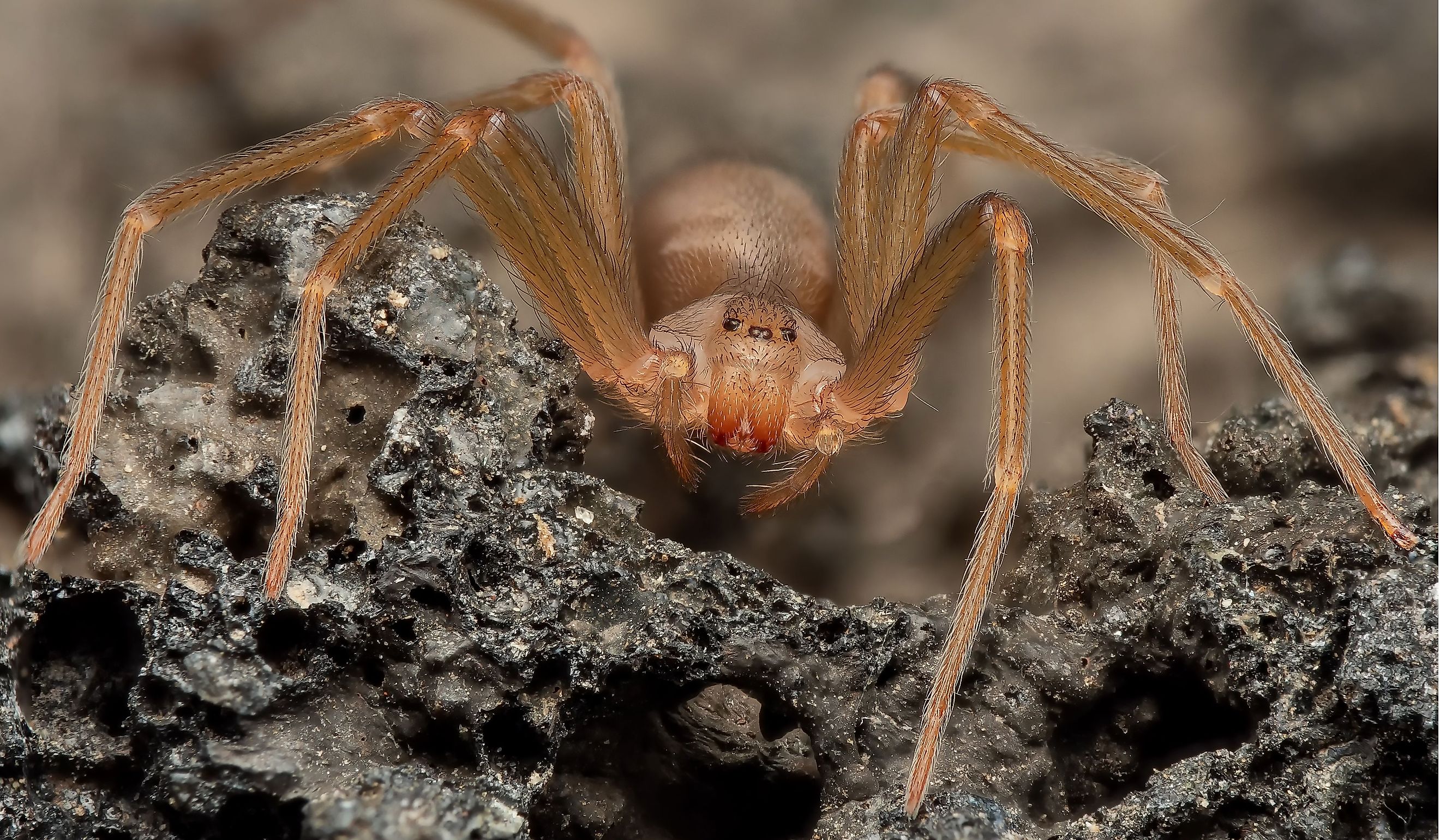
The 10 Deadliest Animals in Massachusetts
While it is not a large state in New England, Massachusetts boasts tremendous biodiversity statewide. From the Berkshire mountains on the west side of the state to the sandy dunes of Cape Cod, Massachusetts is home to a variety of animals.
Some, however, pose a much greater risk to humans than others: here’s our list of the 10 deadliest animals in Massachusetts. Some are straightforward in that they have the potential to kill you directly, like snakes or bears; others are still deadly in that they carry diseases that can cause lifelong trouble, if not death.
1. Eastern Copperhead (Agkistrodon contortrix)
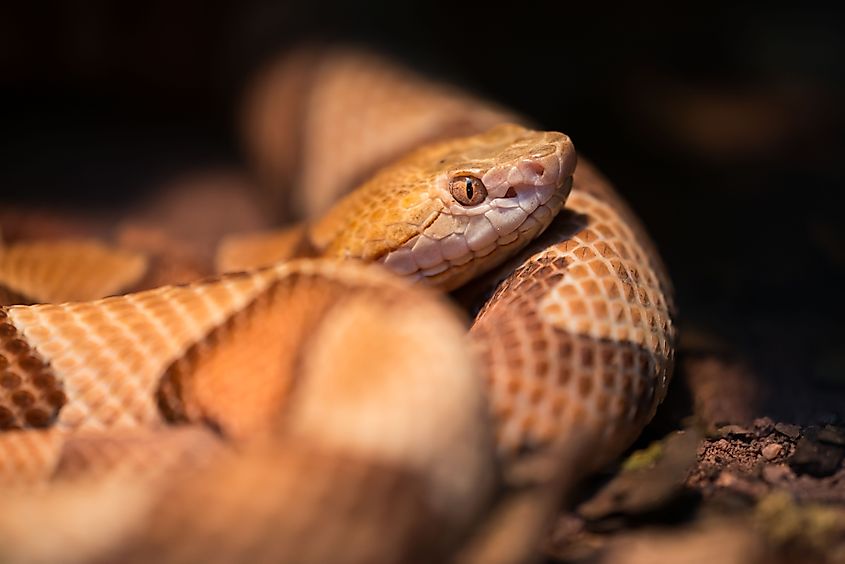
The Eastern Copperhead is a medium-sized venomous snake that has a distinctive copper-colored head, as you might have guessed. It loves wetlands, rocky areas, and deciduous forests; while not an aggressive snake, it will bite if threatened. The Copperhead is highly dangerous if provoked and can prove fatal to humans who fail to seek medical attention. Bites will cause severe pain, swelling, and tissue damage.
The Eastern Copperhead prefers to hide and be left alone. To steer clear of this sneaky snake, we recommend avoiding tall grass, rocky areas with many crevices and brush piles where the snakes may conceal themselves, as well as common-sense provisions like wearing protective clothing on hikes and sticking to the trails. If you are bitten, call 911 and seek medical attention immediately.
2. Timber Rattlesnake (Crotalus horridus)
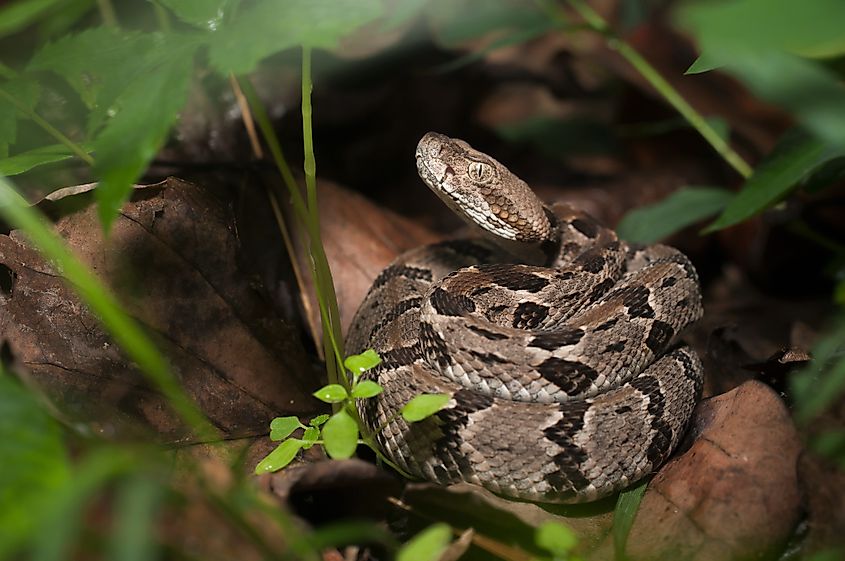
Another deadly snake that calls Massachusetts home is the Timber Rattlesnake. This is a large snake with darker coloring and a rattle on its tail. While it is endangered, it calls rocky outcrops and remote forest hillsides home. This snake doesn’t want to be found, and it does rattle as a warning before striking; if you hear a rattle, turn around and calmly retreat in the direction you came.
Similar to the copperhead, the timber rattlesnake’s bite is venomous and will cause severe pain, swelling, and potentially life-threatening reactions. While Timber Rattlesnake bites are rarely fatal, it is still advised to seek medical attention.
As with the copperhead, the most important thing is to be aware of your surroundings; if you’re hiking, stick to the trail. Do not try to handle the snake or provoke it; if you’re bitten, it’s imperative to seek medical attention immediately.
3. Black Bear (Ursus americanus)
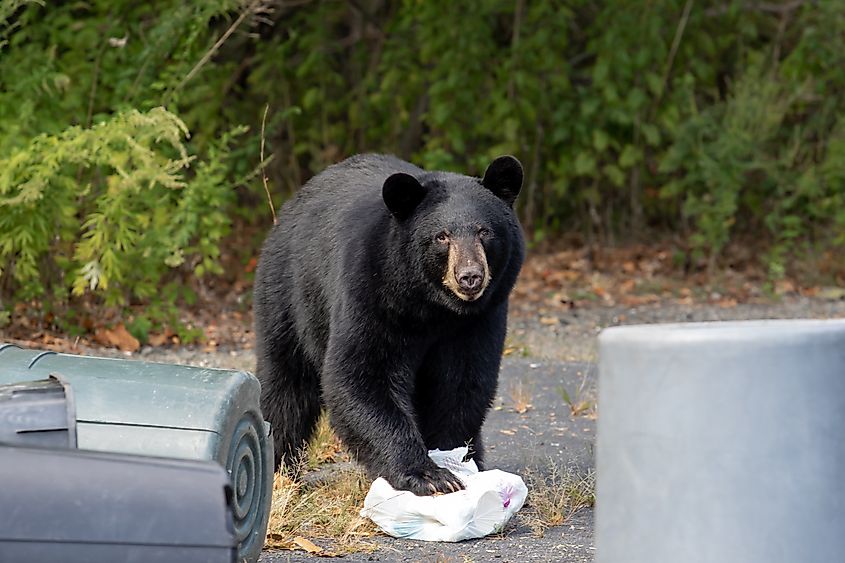
Far from the cartoonish depictions of Yogi Bear, the black bear is a force to be reckoned with. Large, usually black- but sometimes brown or a rare blonde - the black bear lives in forests and swamps, as well as proximal to any easy major food sources, for example, campsites. While typically shy, if the bear senses a threat to itself or its cubs, it will become aggressive. Its large claws and teeth could kill, but the creature’s natural shyness tends to stave off deadly encounters.
We advise keeping a safe distance from bears and especially their cubs, as well as securing all food and garbage in bear-proof containers. Bears will break into garbage cans and even cars if they smell food. If you do encounter a bear, experts recommend you make a lot of noise and attempt to appear as large and intimidating as you can to stave it off. Neither run away from it nor towards it.
4. Coyote (Canis latrans)
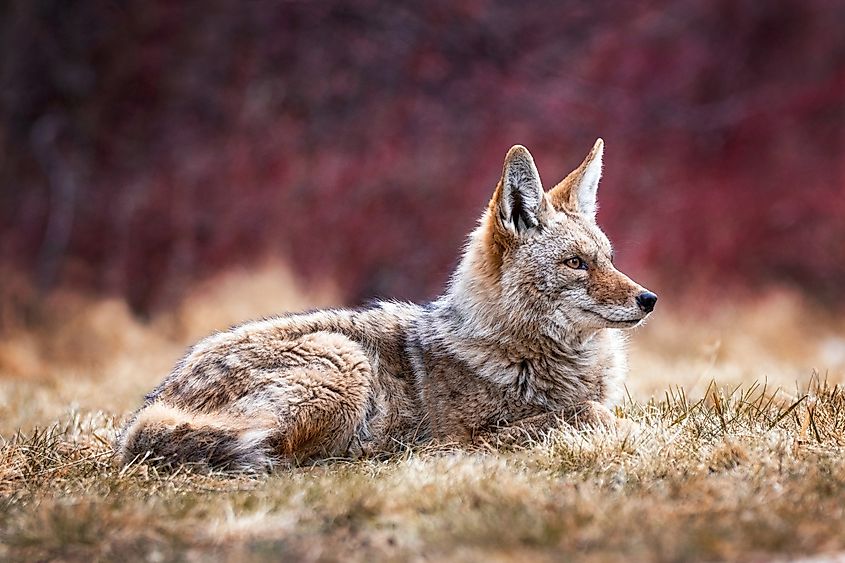
While in cartoons such as The Road Runner, coyotes famously lack technical and artistic proficiency, and their experiments with explosives have proven far more harmful to their kind than beneficial, they’re also wild canines with sharp teeth that live across Massachusetts, particularly in its forests, fields, and suburbs. Primarily scavengers, coyotes will become aggressive toward pets and humans alike if they sense a threat, particularly small pets if they sense an easy meal. Coyotes are wild animals, and their bites and attacks can pose a serious threat to human well-being. Like most wild animals, bites always pose the threat of bacteria or disease, though typically, they’re a much greater danger to livestock and pets. As with bears, it’s important to secure food and also to keep an eye on your pets around dawn and dusk. Also, like with bears, loud noises are helpful in scaring away coyotes.
5. Bobcat (Lynx rufus)
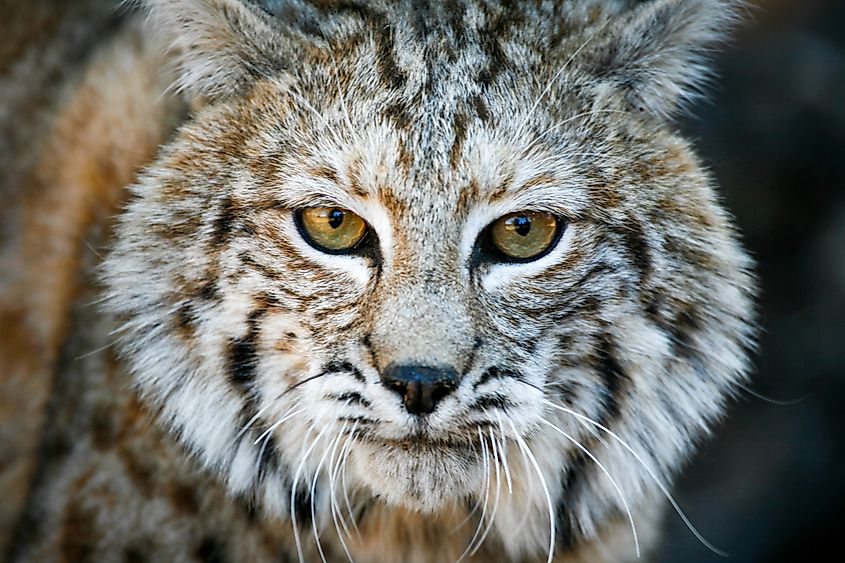
Bobcats are scrappy, medium-sized wild cats with short tails and famously tufted ears. They tend to reside in forests, swamps, and rural areas, so while city dwellers may not see many, people who live in more rural areas should be on the lookout, particularly if they have small pets.
If you do notice a bobcat or lynx in your neighborhood, avoid the cat and do not attempt to handle or catch them. Report sightings to wildlife authorities and keep small pets indoors or supervised. Though they rarely attack humans, they have extremely sharp and powerful teeth, jaws, and claws and can inflict serious damage on the careless.
6. Brown Recluse Spider (Loxosceles reclusa)
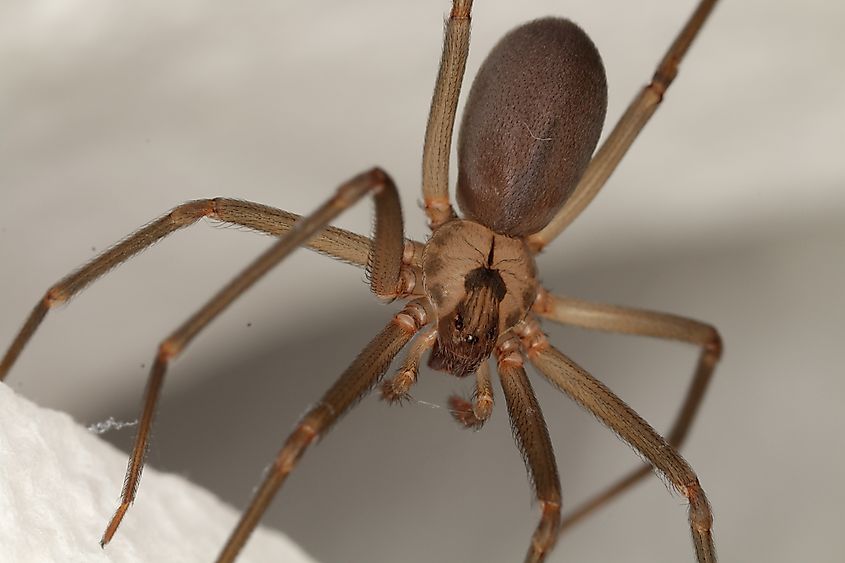
As their name suggests, Brown Recluses prefer to be left alone and will rarely go out looking for a fight, especially with someone thousands of times their size, but that doesn't mean their bite doesn't pack a punch or that they won’t defend themselves if they feel threatened. These small brown spiders are recognizable by their violin-like marking on their backs. While rarely fatal, recluse bites can cause severe necrosis of the skin and can cause larger systemic issues, including headache, body aches, rash, fever, nausea, vomiting, chills, cramps, joint pain, weakness, dizziness, restlessness, or trouble sleeping.
To be a recluse from recluses, be careful near common encounter areas, particularly ones that are outdoors or outdoors adjacent and rarely used, i.e., attics, garages, sheds, basements, outdoor equipment, canoes and boats, firewood piles, and particularly any clothes you may keep in those areas, like gloves or boots (it’s best to give them a good shake before wearing them). Most importantly, seek medical attention if you are bitten.
7. Deer Ticks (Ixodes scapularis)
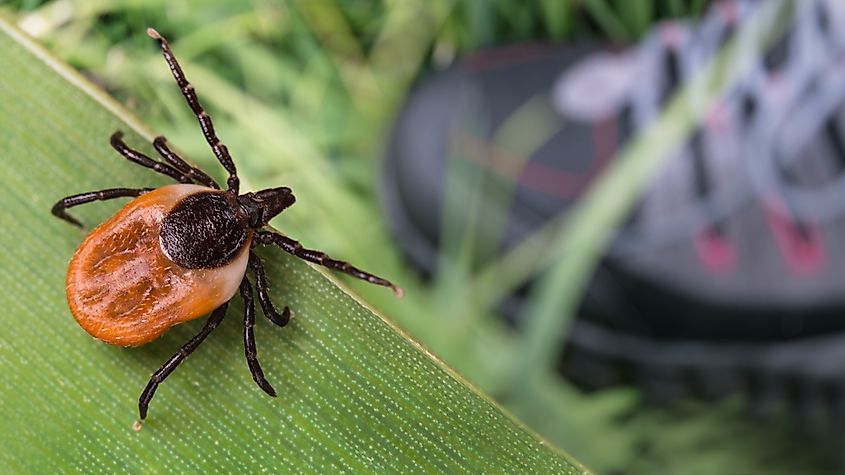
Deer Ticks, or black-legged ticks, may be among the smallest creatures on our countdown, but that doesn’t mean they don’t pose a threat. These small arthropods are arachnids, like spiders. They typically lay in wait in tall grass or in trees and will jump or fall and eventually latch onto their prey, sucking its blood for sustenance. The true threat of the deer tick is not what it takes from you; however, it is what it can leave behind, namely Lyme disease, a chronic illness with symptoms including body aches, chronic pain, cognitive impairment, arthritis, and more.
If you are spending a long time in the woods or long grass make sure to use tick-repellent, long pants and sleeves, high boots and perform regular tick checks, and be sure to look closely, because deer ticks can be as small as 3 millimeters across or ⅛ inch across. If you do find a tick, best to see a doctor and have it checked for Lyme.
8. Red Fox (Vulpes vulpes)
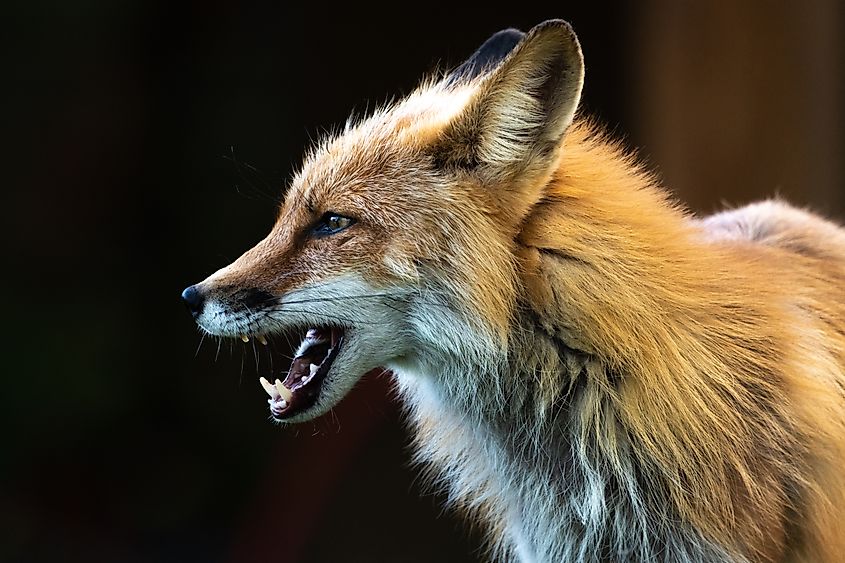
What does the fox say? We may never know, but “What does the fox weigh?” 7 - 15 lbs, which might not sound like a lot, but these sly hunters can really cause a lot of damage if they’re rabid. Red foxes are small canids with a reddish coat and a bushy tail that live in forests, fields, and suburban areas. While normally they avoid humans, rabid foxes are aggressive and will attack you and/or your pets. If you’re bitten, seek medical attention and a rabies vaccine immediately, and ensure that your pet’s vaccinations are also up to date. If you happen to see a fox acting strangely, contact animal control and let them investigate.
9. Mosquitoes (Various species)
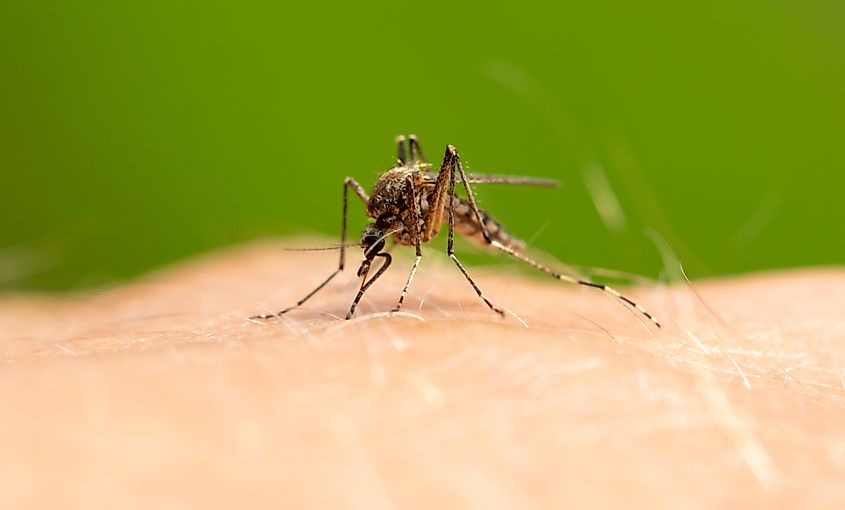
Mosquitos might arguably be the deadliest animal on this list, as they are vectors for many diseases. Mosquitoes are any number of species of small insects that feed on blood; they’re commonly found near stagnant water and are most active at dawn and dusk. Depending on the species, mosquitoes can transmit nasty diseases like West Nile virus and Eastern Equine Encephalitis, not to mention itching and allergic reactions at the site of the bite. We recommend wearing protective clothing, applying repellent, and making sure there isn’t standing water near your home. During peak mosquito times, either avoid the outdoors or use deterrents like citronella or smoke to keep them away.
10. Eastern Cougar (Puma concolor couguar)
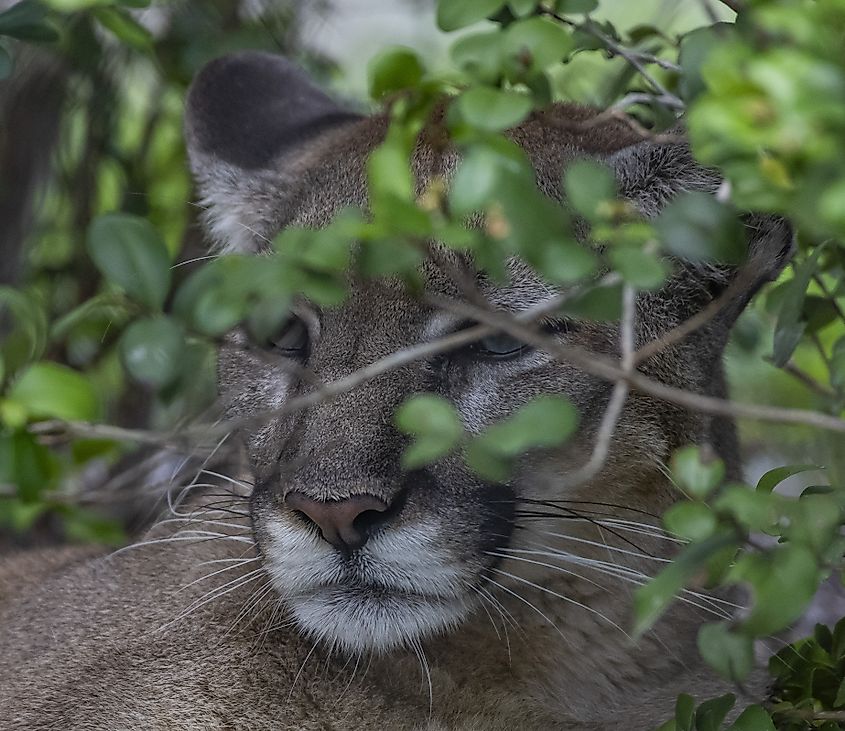
Believe it or not, there are claims that Massachusetts is home to the eastern cougar, a large, light-brown cat that prowls the mountainous regions of the state. With that said, it has been acknowledged as extinct, and therefore, sightings are extremely rare and questionable. While typically shy and solitary, if it’s cornered, the cougar will become aggressive. Its powerful, large claws and teeth could easily kill a human- but again, this is rare. Though there is little chance of running into an Eastern Cougar, we recommend making noise to ward it off and warn it of your approach if needed.
As you can see, Massachusetts is home to its fair share of dangerous animals. While most are found in the remote parts of the state, and none spell an instant death sentence, they serve as a good reminder to always be aware of your surroundings outside and to practice good outdoor safety skills, even for the smallest of hikes. Some of these species are also disappearing: let’s honor the biodiversity of Massachusetts and continue to work to preserve its wild lands for generations to come.











